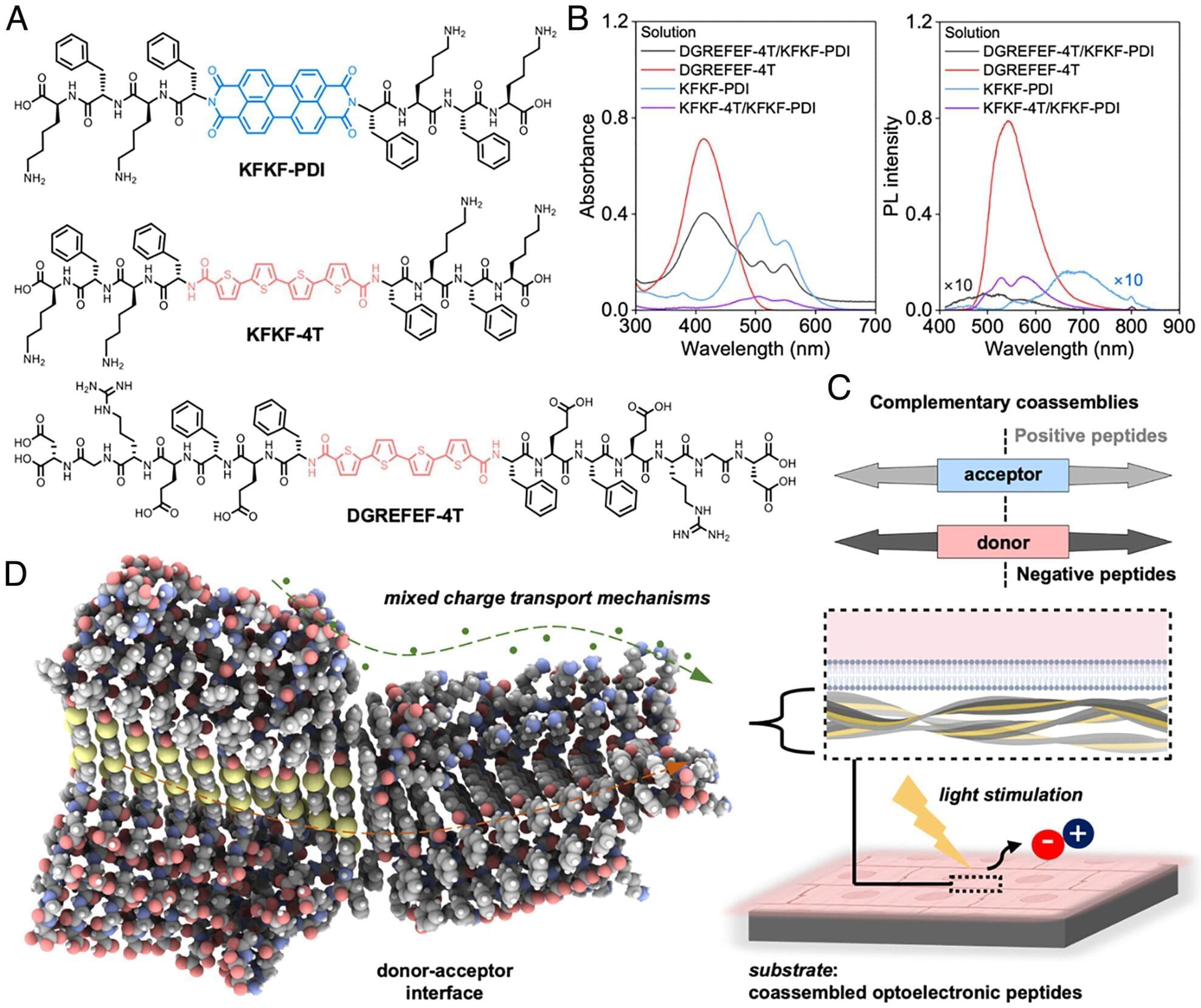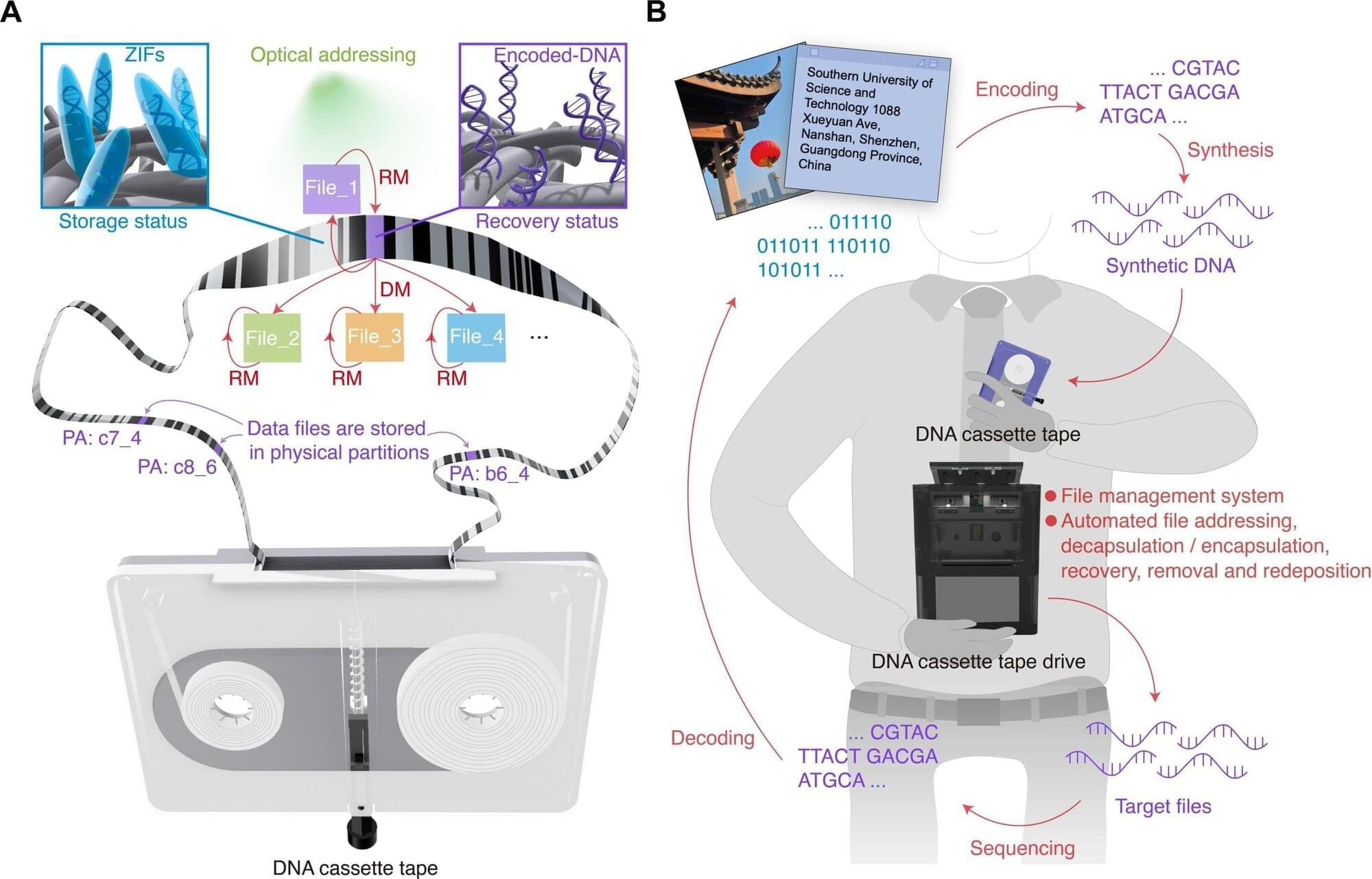In a new study, University of California, Irvine chemical and biomolecular engineering researchers report the creation of biomolecules that can help grow light-sensitive heart muscle cells in the laboratory. The development enables a biotechnology that could deliver light-triggered signals to the heart, improving its function, without requiring genetic modifications or invasive procedures.
“We show for the first time that light can be converted into cardiac stimulatory cues, with synthetic materials made of biomolecules,” said Herdeline Ann Ardoña, assistant professor of chemical and biomolecular engineering. “This can be beneficial for downstream medical applications, such as in cardiac pacemaking technologies, or helping direct therapeutic patient-derived stem cells to better mimic adult heart cell features.”
The findings are reported in the Proceedings of the National Academy of Sciences. The paper’s co-first authors are recent Ph.D. graduate Sujeung Lim, and Ze-Fan Yao, previous postdoctoral scholar in the Ardoña Research Group.








